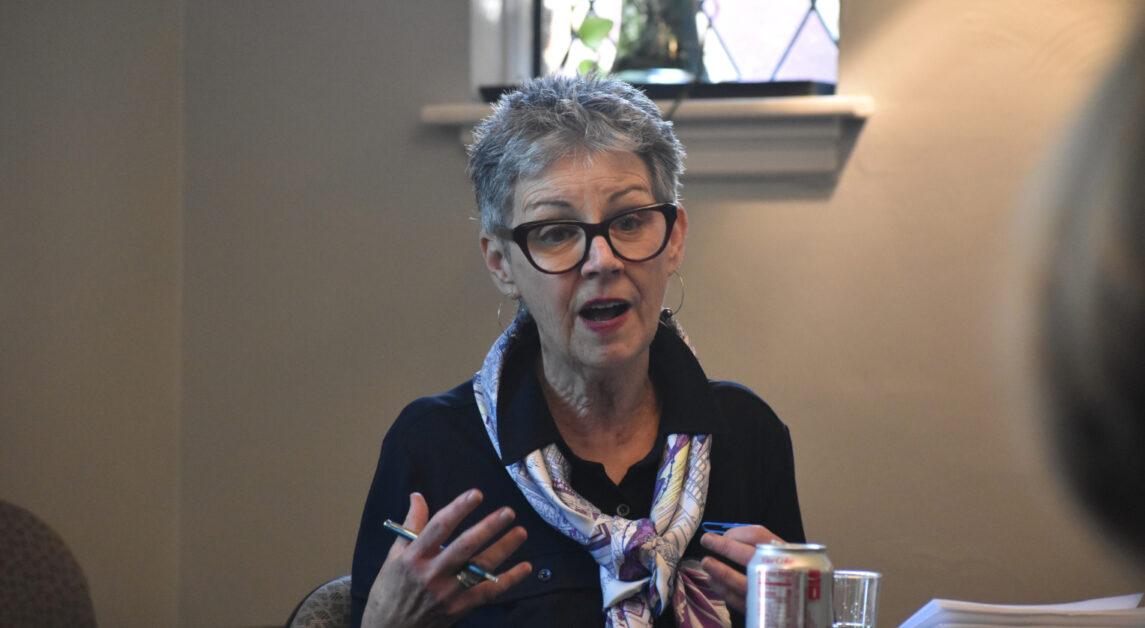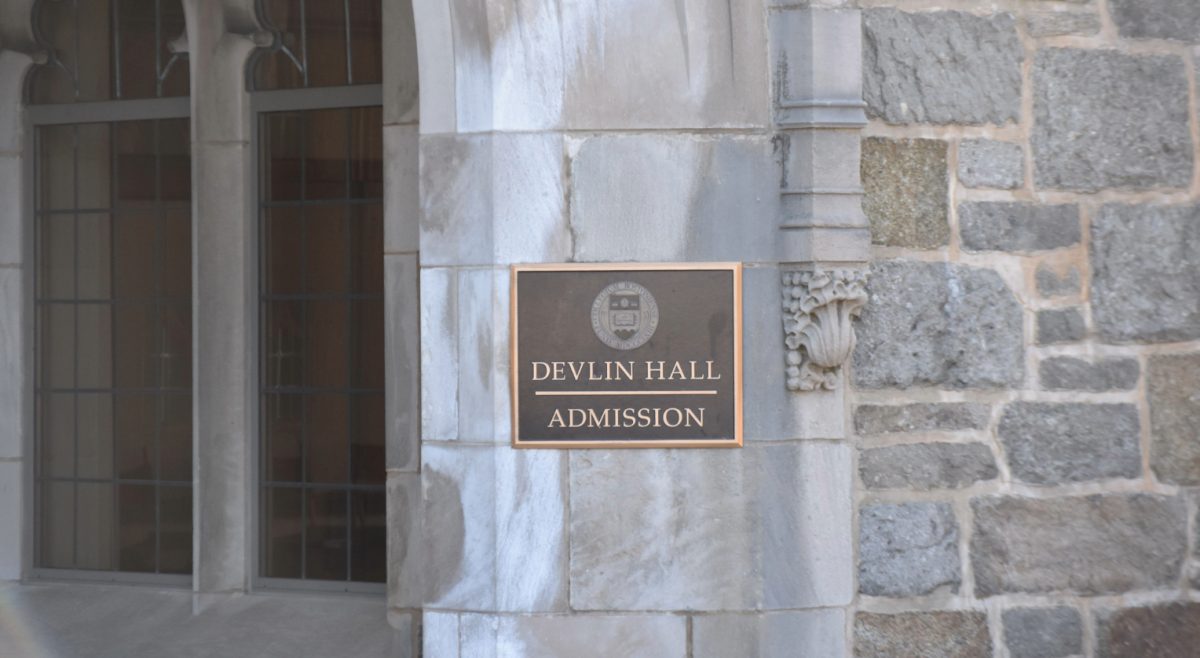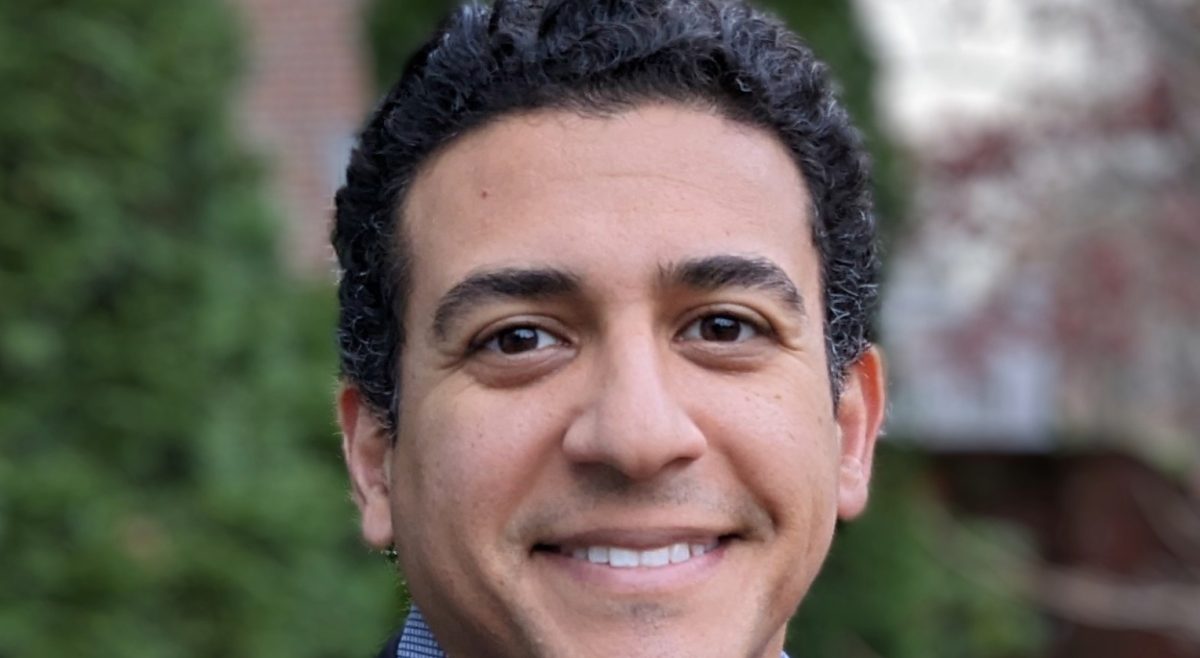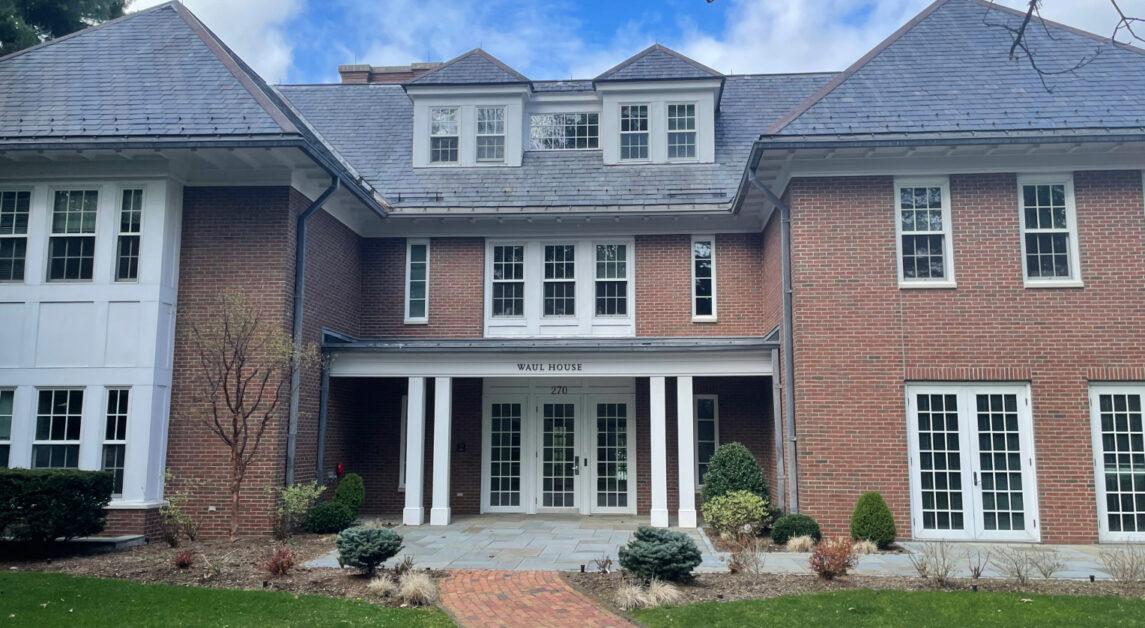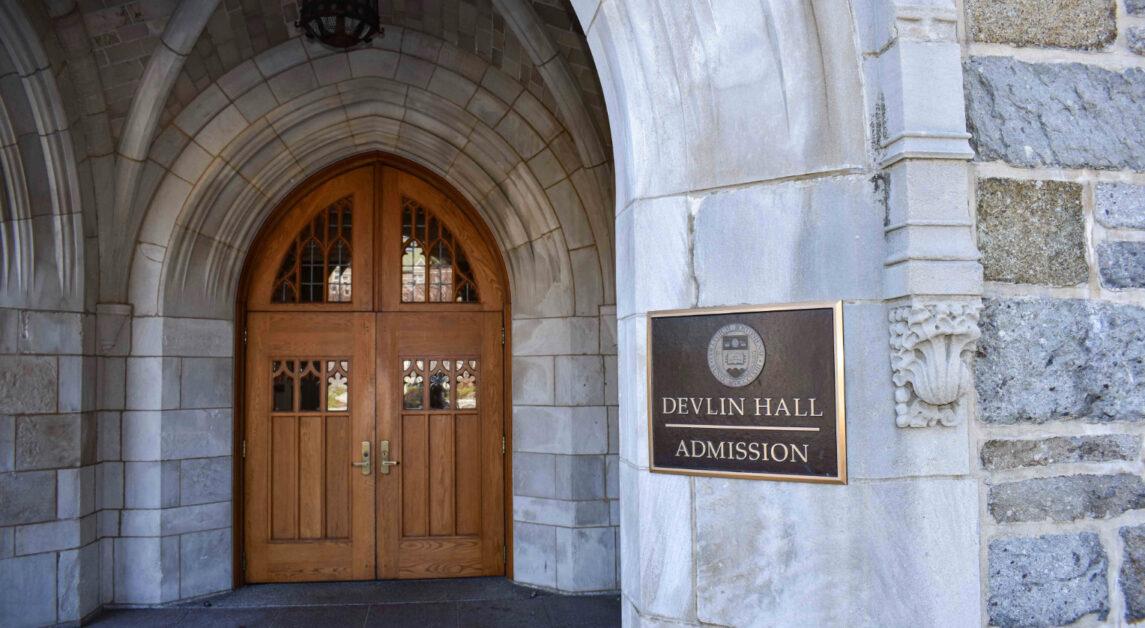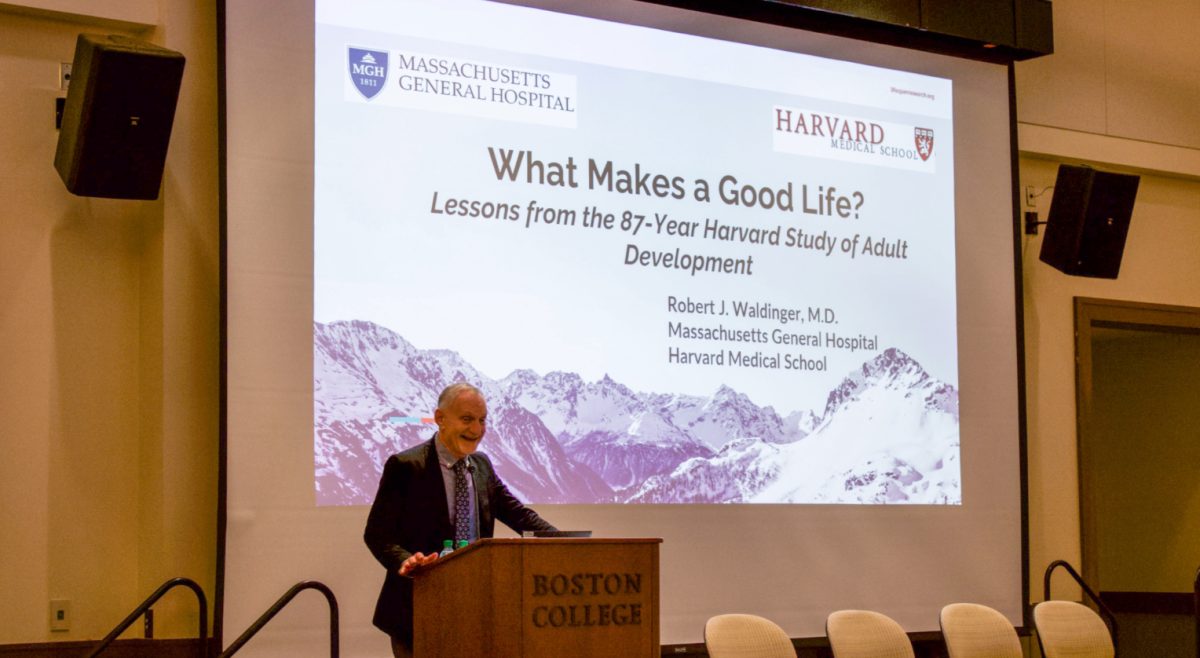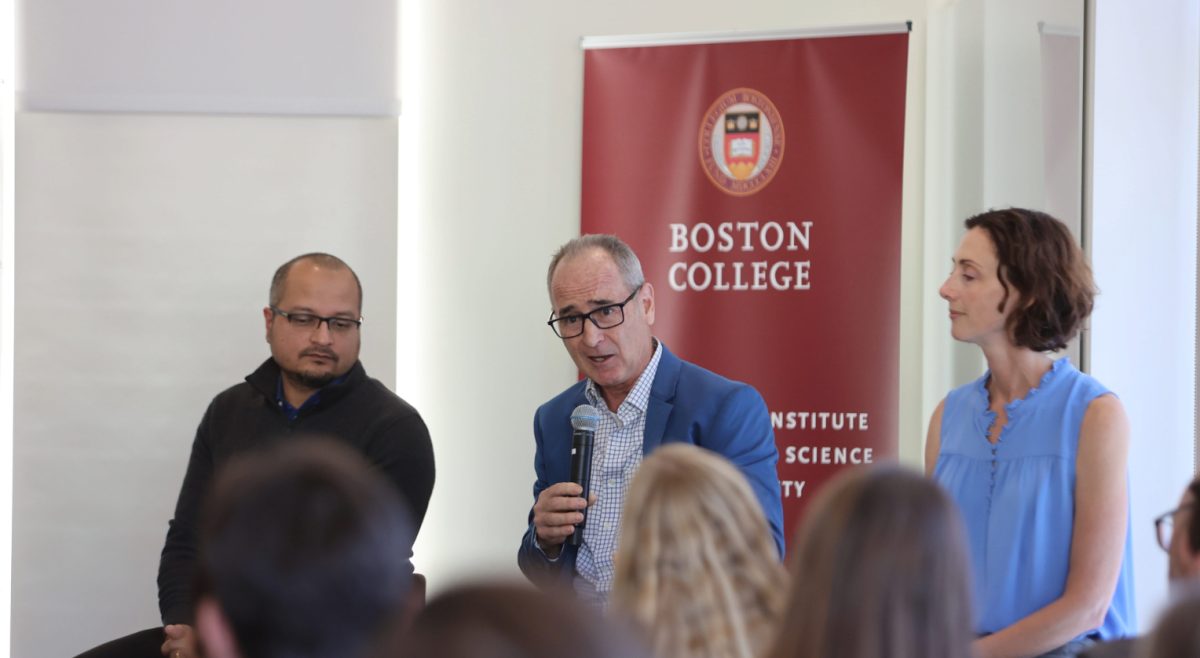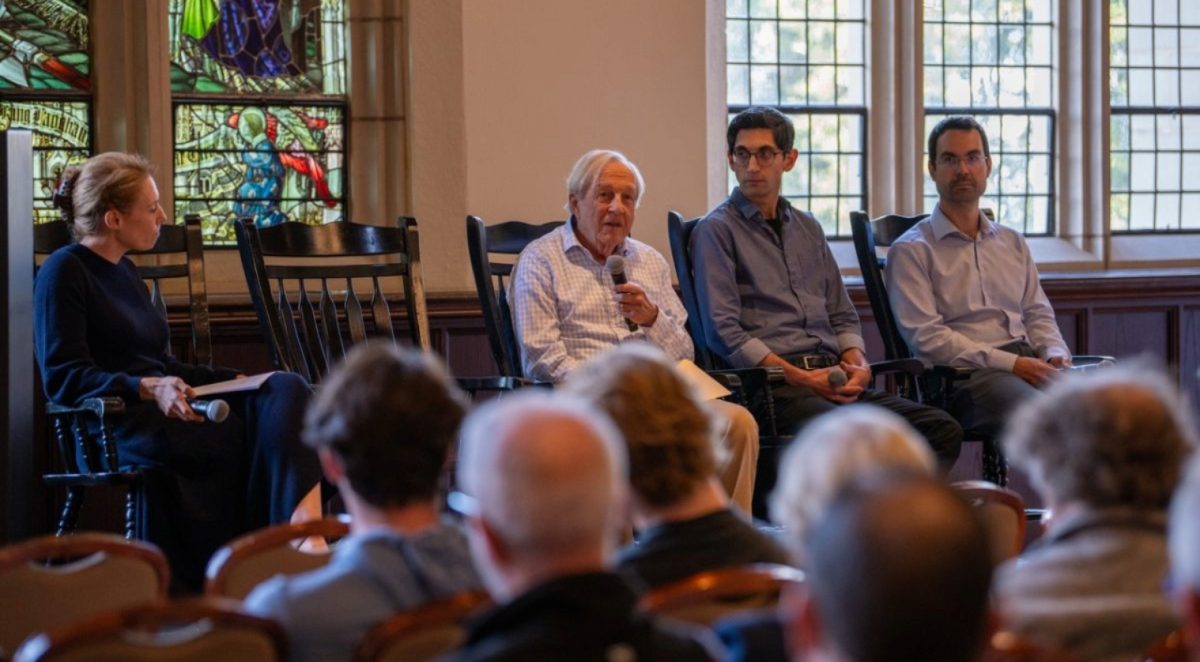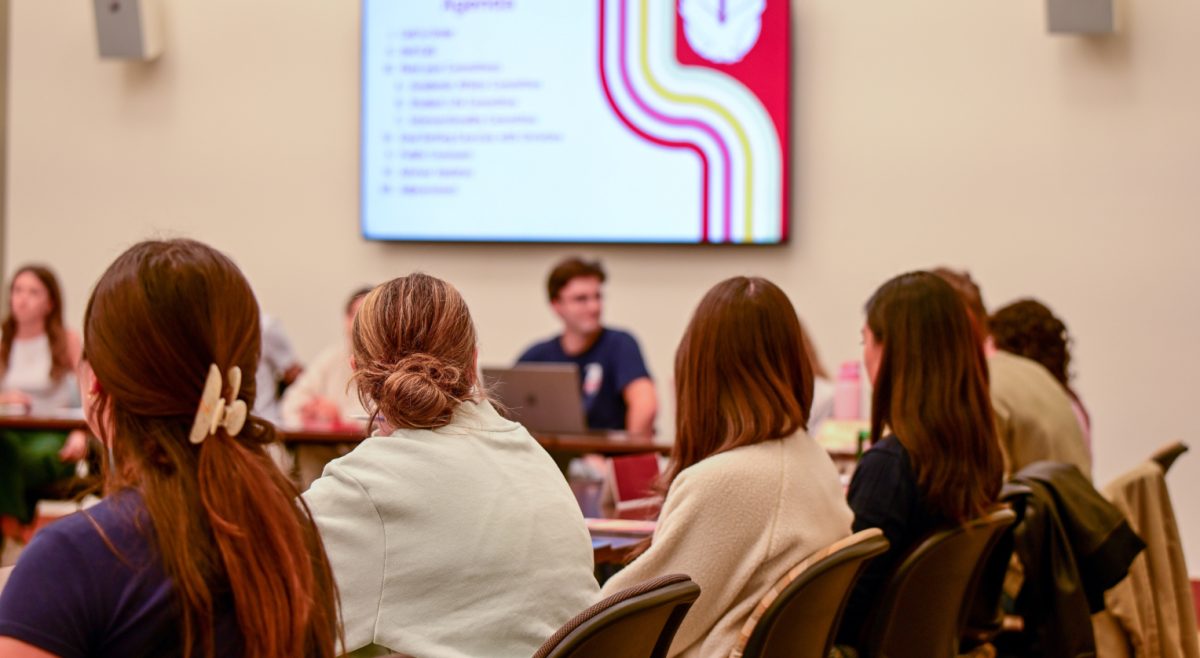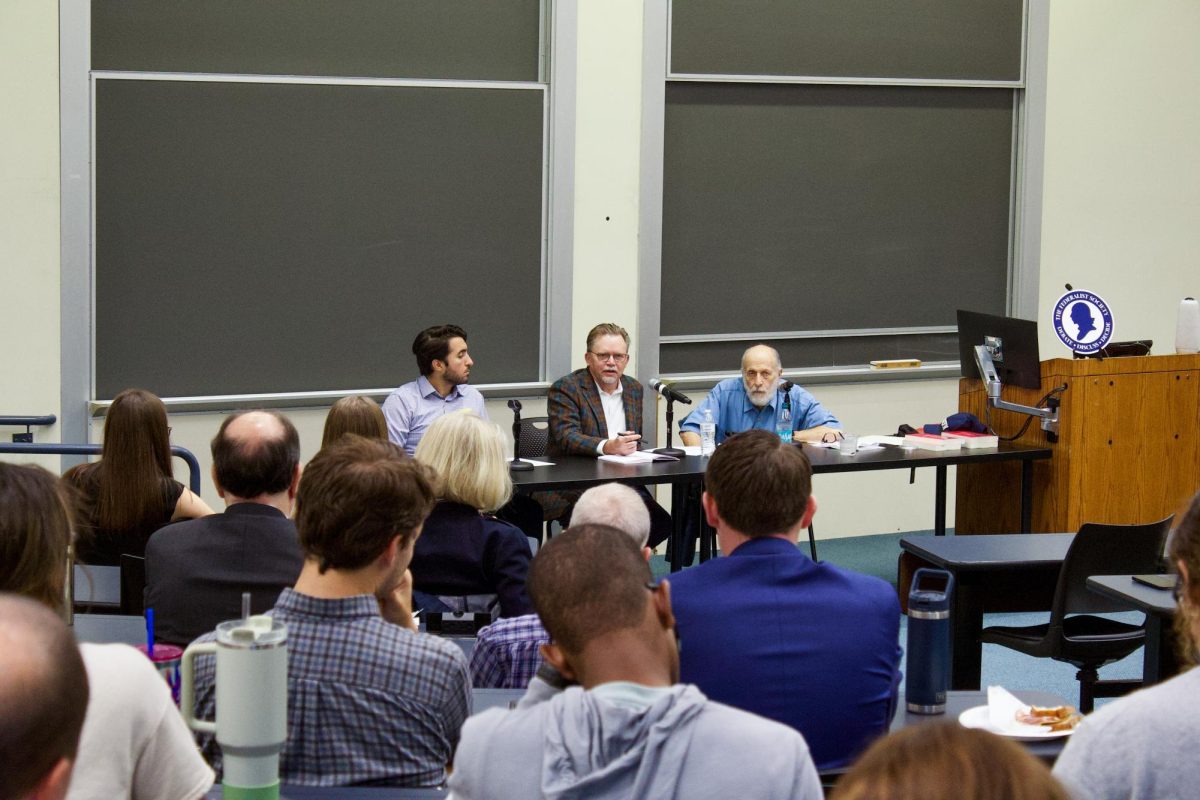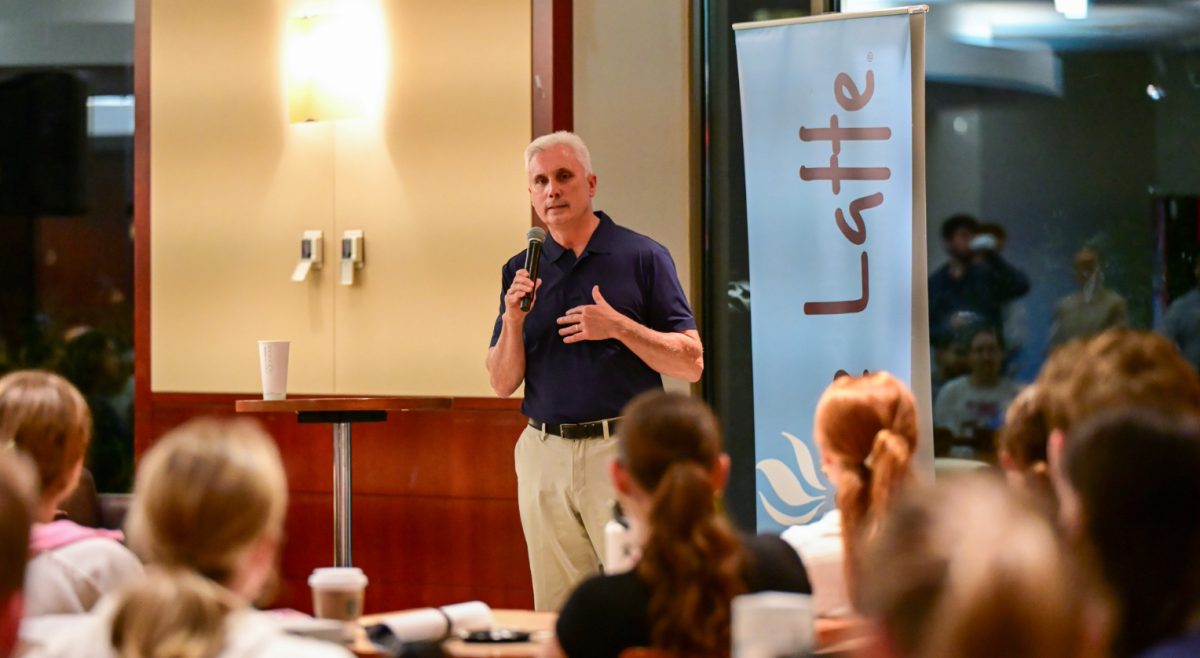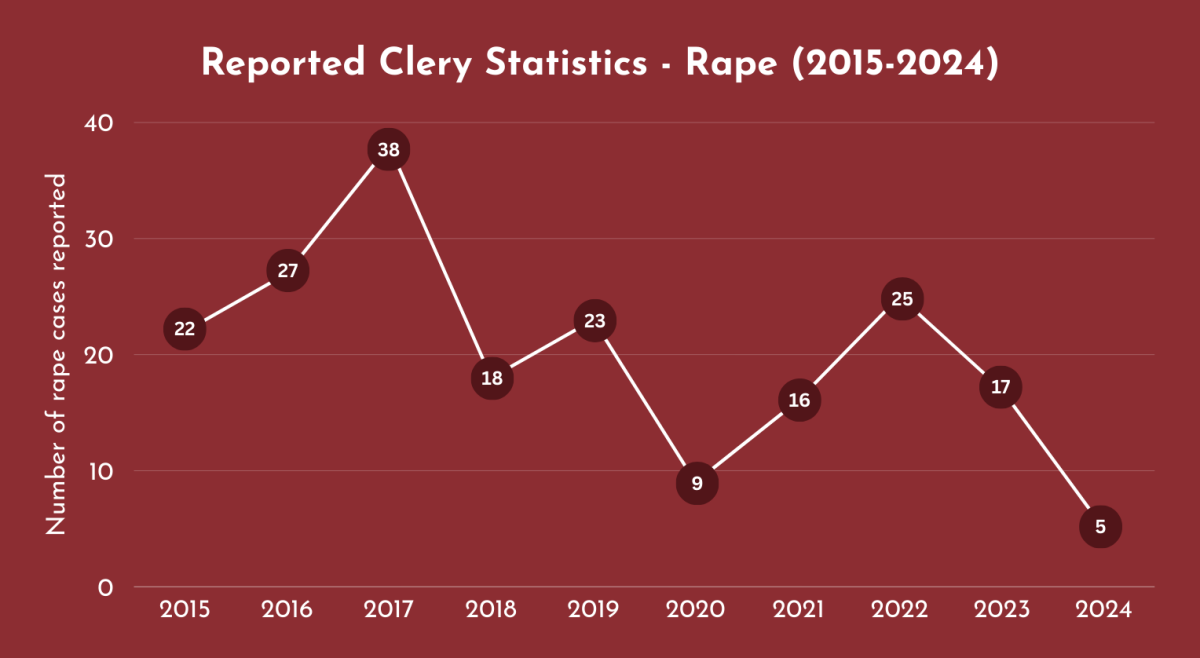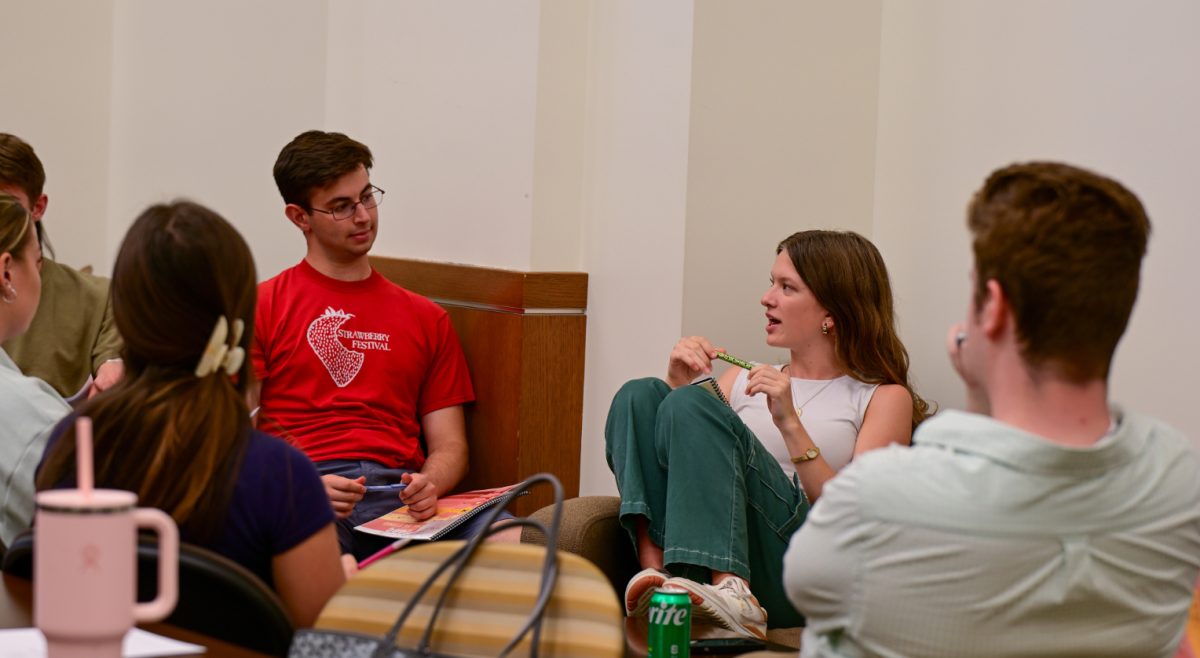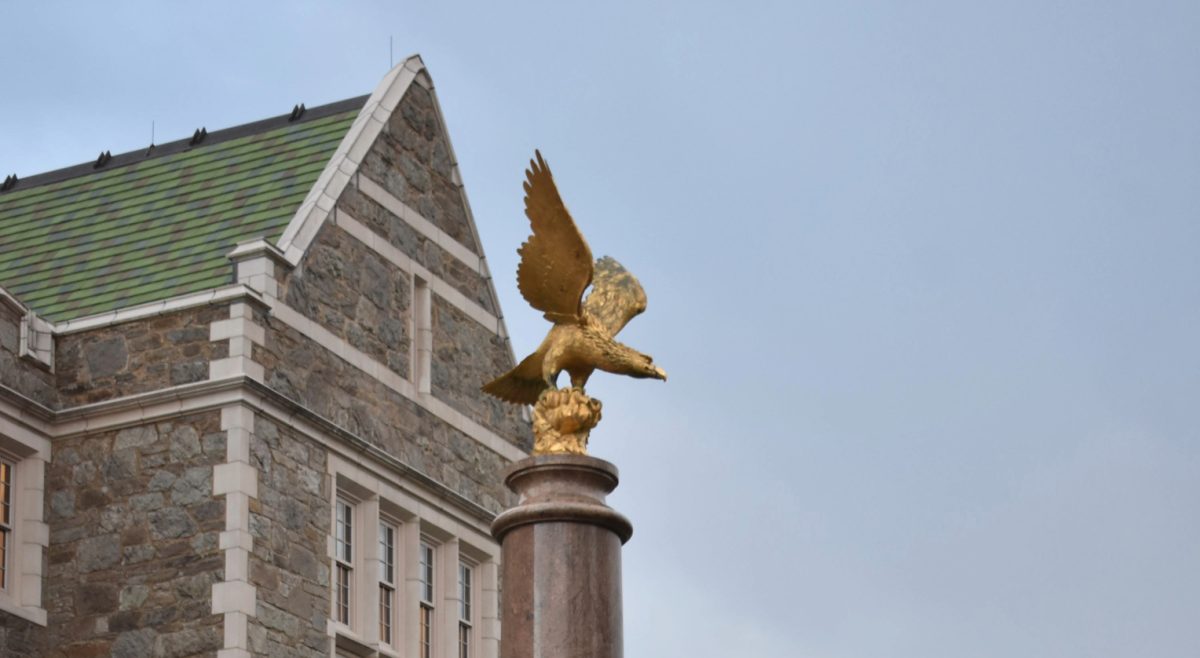Modern-day nuns are often thought of as out of touch with the rest of society, but this is untrue, according to Bernadette McCauley, associate professor of history at Hunter College of the City University of New York.
“There is a frequent depiction of 20th-century American nuns as irrelevant, out of touch, and silly,” McCauley said.
McCauley visited Boston College on Tuesday at a colloquium titled “‘Our Stories Need to Be Told’: Memoirs of Former Nuns.” Having read numerous memoirs by former nuns, McCauley dove into the reality of life within the convent and the motivations that led several women to abandon their religious lives.
“They all share the desire to set the record straight and open a window on a life that was unknown,” McCauley said. “It was secret, and people didn’t know what was going on, and they wanted to get that out there.”
McCauley researches the relationships between Catholic history, social welfare, and women in the United States. This particular topic caught her attention when several memoirs of nuns appeared in her Amazon recommendations, she said.
Former nun narratives gained popularity after World War II when an abundance of nuns left their lives of devotion, McCauley said.
“There was a slew of memoirs written by women who were part of what is often referred to as the exodus from American convents in the late 1960s and early 1970s,” McCauley said.
Being a nun is a declining vocation. In 1965, there were approximately 180,000 nuns in America, but as of 2022, there are only 42,000, the majority of whom are over 80 years old, according to McCauley.
In many of the memoirs, McCauley said, the authors grew up and entered the convent out of high school, worked for years, and eventually left the religious life voluntarily. Years later, they chose to recount their experiences and reasons for departure.
“I think they’re more like oral histories,” McCauley said. “Some people would call these life writings rather than a memoir.”
These writings revolve around the themes of the emotional and spiritual journeys of the authors, their religious upbringings, and challenges they faced leaving the convent, McCauley said.
“Although they say this is a story of an ex-nun, it’s more than that,” McCauley explained. “The story that they tell is of a much broader life.”
Most ex-nuns described intense religious backgrounds leading to their decision to join the convent, many viewing the choice as a personal calling.
“They don’t suggest that they were pushed into it,” McCauley said. “It was a decision.”
The authors often reference leaving boyfriends to join the convent, according to McCauley, making the difficult decision between a romantic life and commitment to religion.
“They want to make a point that they had lived this other life, and it included men,” McCauley said.
The former nuns reached their decision to leave the convent in various ways. For some, it was an abrupt choice, while for others, it took place through a lengthy process. Some had doubts from the beginning, while others became more critical over time. Almost all of them, however, shared the same core reason for leaving.
“The most frequent explanation is that they found that life was no longer relevant, and the biggest complaint is that it was based on a model that did not work in the contemporary world,” McCauley said.
After leaving the convent, most women married, worked, and had children.
“They went on to live lives much like other women,” McCauley said.
The authors wanted to publicize their stories to show that they decided to enter a life of religious piety, lived full lives during their time as sisters, and thoughtfully made the decision to leave.
“They depict very full and meaningful lives,” McCauley said. “That’s what they want us to know. It wasn’t a bad decision to go in, and it wasn’t a bad decision to leave.”

